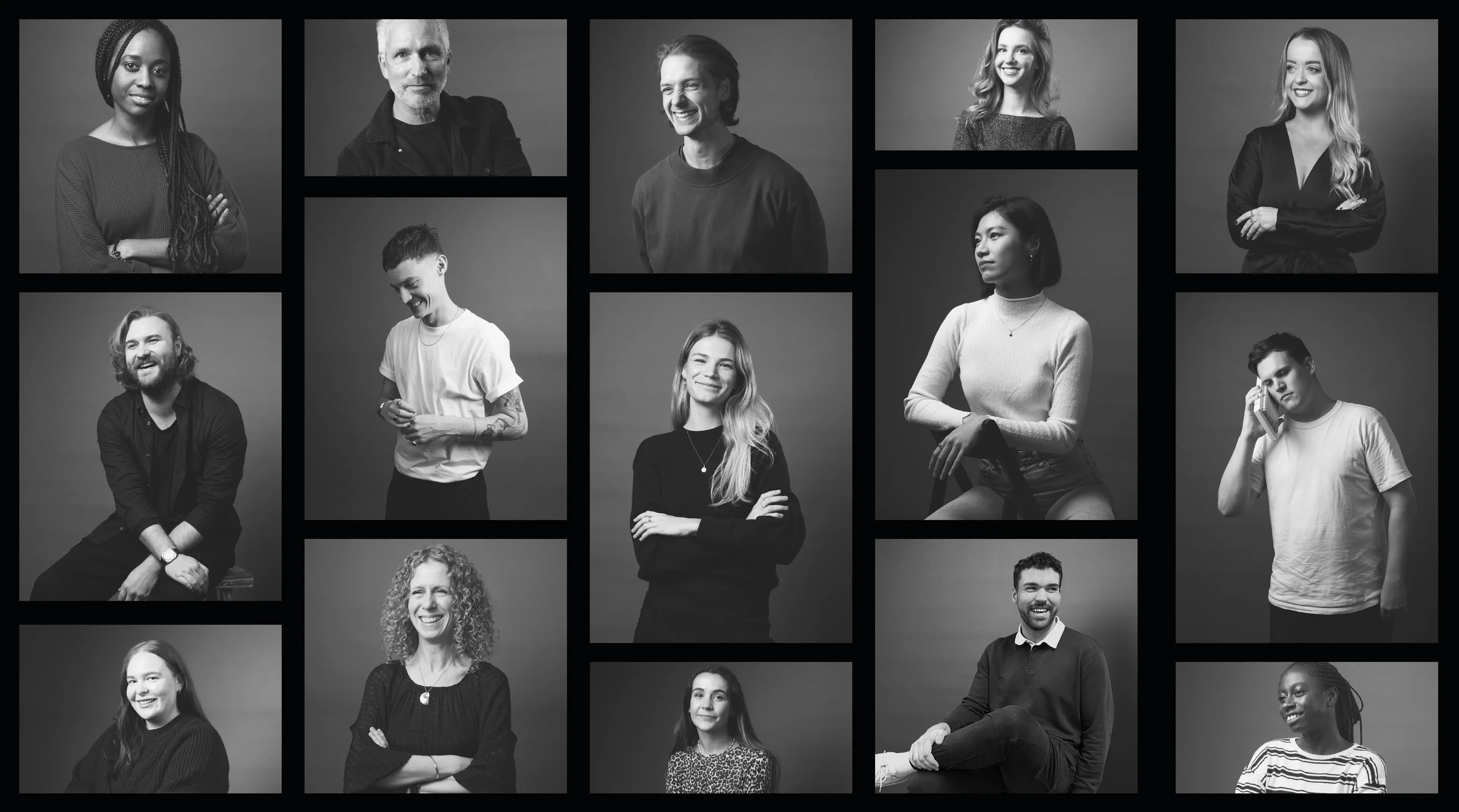
Tech & Innovation
1 Dec 2017
1 Min Read
Transforming Homeware Retail via Augmented Reality
Augmented Reality (AR) is more than a passing buzzword, and one with a clear application in business and commerce
Tech & Innovation

Retail & Luxury Goods
4 Sept 2025
9 min read

News
5 May 2025
3 min read

News
17 May 2024
2 min read

Tech & Innovation
1 Dec 2017
1 Min Read
Augmented Reality (AR) is more than a passing buzzword, and one with a clear application in business and commerce
Tech & Innovation